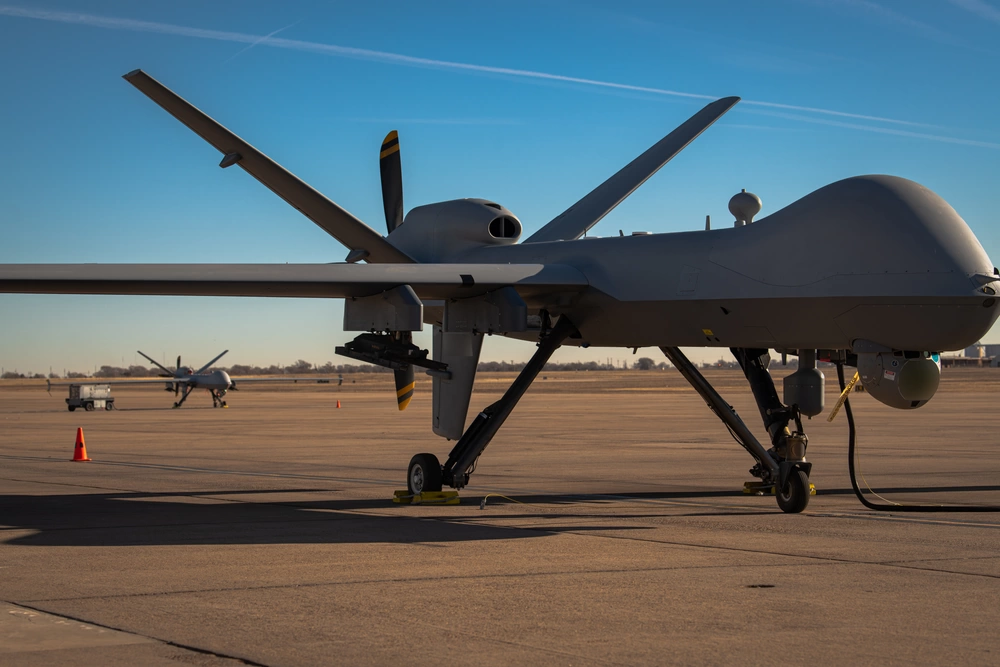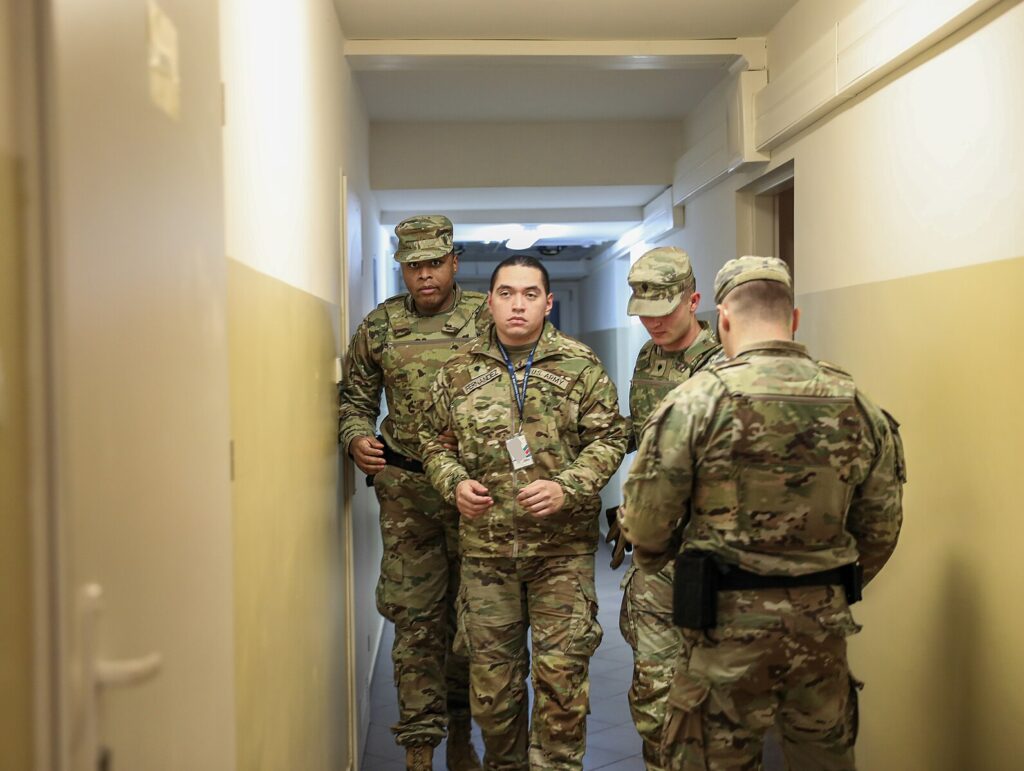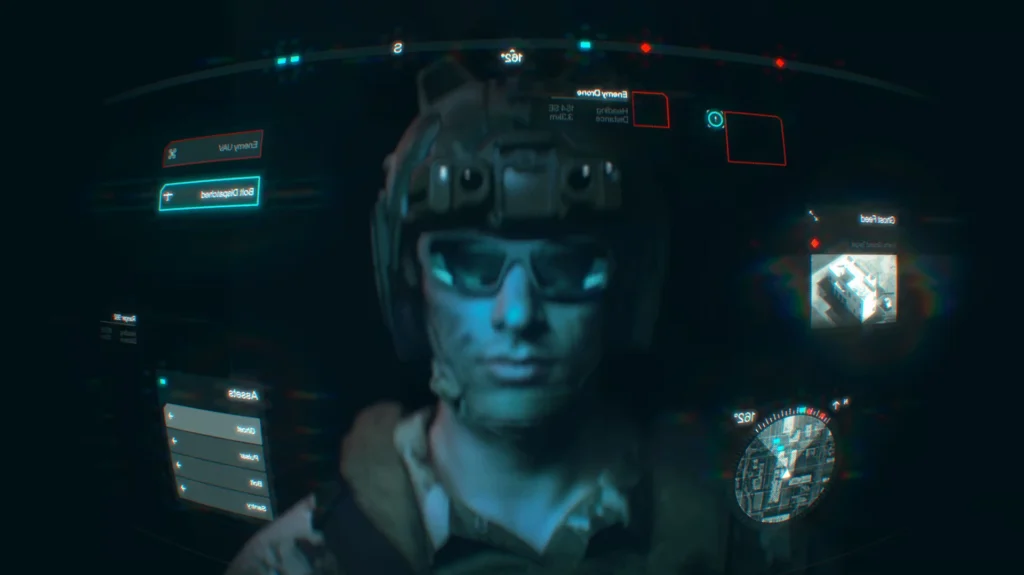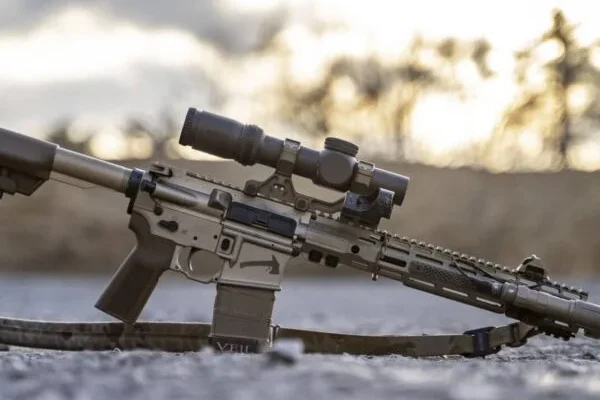The Rubber Duck is a Special Forces-developed technique used for parachuting a small, seven-man Combat Rubber Raiding Craft into a body of water. The boat is launched from a delivery aircraft with Special Forces paratroopers following it out of the airplane.
There is a high level of complication in this rigorous sort of parachute operation, but in a nutshell, the boat parachutes into a water drop zone, followed by seven paratroops who steer themselves so as to land as close to the boat as possible. There is then an arduous layer of rigging that must be stripped off of the vessel, and a motor to unpack and put into operation on the the boat’s transom.
If all goes well, you end up with a boatload of hard, pipe-hittin’ commandos screaming across the surface of the water bearing down on a tactical target.
I’ve had some bad stuff happen during Rubber Duck operations. One of worse was when the fuel line inside an engine cracked and was spilling fuel, which, upon trying to pull-start the motor, erupted in an engine fire. Fire is no good on a boat; it is a menace with bad intentions towards everyone.
The second worse thing to happen was on an island that had a large 50,000 square foot animal import building. It was essentially an animal quarantine for specimens transferring from one country to another. The building had a spacious flat roof that our rubber duck landed squarely in the middle of. Woe unto that parachuted cargo that came to settle neither on land nor water – just on a roof!
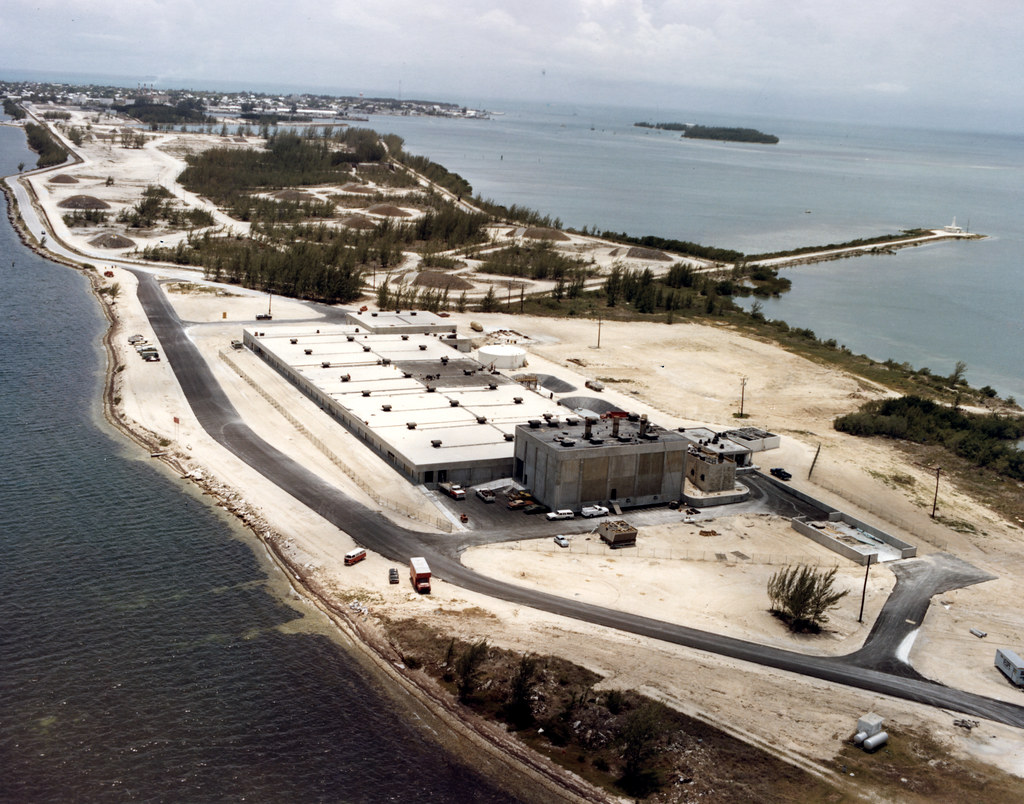
The mission was the mission, and we wasted no time hefting our crew onto the animal import center and putting our raiding craft into operation. It was a cinch to pass the boat to the commandos receiving it on the ground.
From there we shouldered the boat to the edge of the water, put out security teams on both of our flanks, and set our collective minds to figuring out where we were located on a topographical map for the land, and a nautical chart for the sea.
We were right about 2,700 meters to the west of where our assault objective – an enemy boat house – was located. The answer to our hullabaloo was to launch our boat and move away from the shoreline about 3,000 meters, parallel to the coast, and vector ourselves into the Beach Landing Site (BLS) that we had selected during our mission planning phase. There was to be a two-man reception party there to greet us and verify our position accurately.
Then, from our last covered and concealed (LCC) position, which is the location where final preparations and planning are made, we would move into the hinterland and assault our objective. The sight of our reception party was a joyous one in that it meant we were on time and right where we had calculated ourselves to be.
Related: Delta Force Assessment and Selection: Spending nights at base camps

Driven by the clock, we approached the target objective and formed ourselves into assault configuration. We had a crew-served M240 machine gun and two grenade launchers. With time on target, the machine gun opened fire laying down a solid base of automatic fire for approximately 30 seconds.
At that 30 second mark, the machine gunner lifted and shifted his fire to the empty jungle behind the target, so as to maintain fire superiority and not put any of the assault force in jeopardy of being hit by friendly fire.
Explosive charges with timers on them were placed on assets valuable to the enemy, and the assault force retired to the selected LCC position. The boat ride off of the objective took us out to sea for 15 nautical miles where we met a Navy vessel that took us and our boat aboard for a long ride home. The total time spent on the objective was six minutes.
Mission: success!
By Almighty God and with Honor,
geo sends
Feature Image: A Naval Special Warfare 11-meter rigid-hull inflatable boat parachutes near Fort Walton Beach during a maritime craft aerial deployment system exercise. Navy SEALs operators and special warfare combatant craft crewmen (SWCC) will parachute after the craft and pilot it back to shore. (Photo by Petty Officer 2nd Class Joseph M. Clark)
Read more from Sandboxx News
- A second F/A-18 jet goes overboard in the Red Sea
- Death of the Golden Hour in Ukraine might make it harder to save US combat casualties in the future
- Two new American missiles that will make a bang
- Ukraine captures Russian shadow fleet vessel in Black Sea
- Fighter pilot breaks down how aerial refueling works





